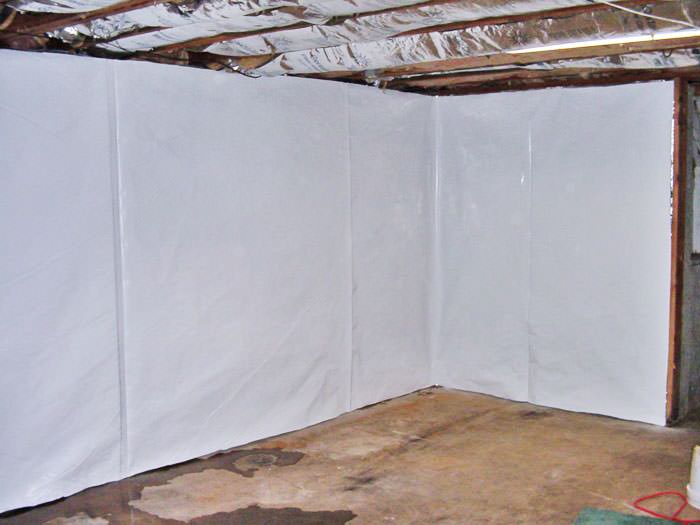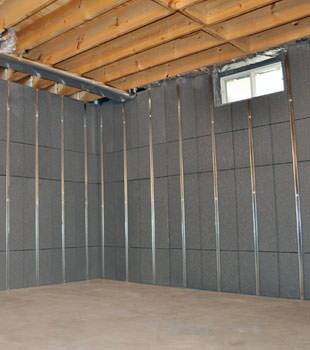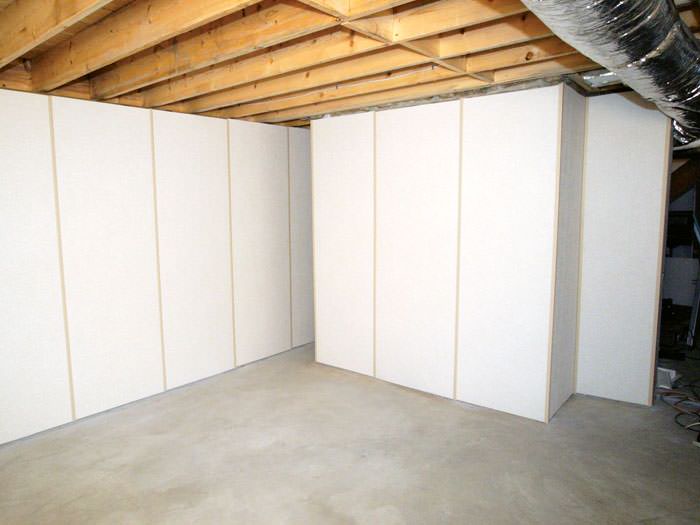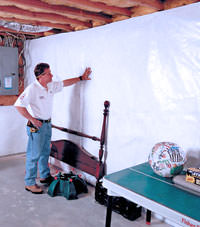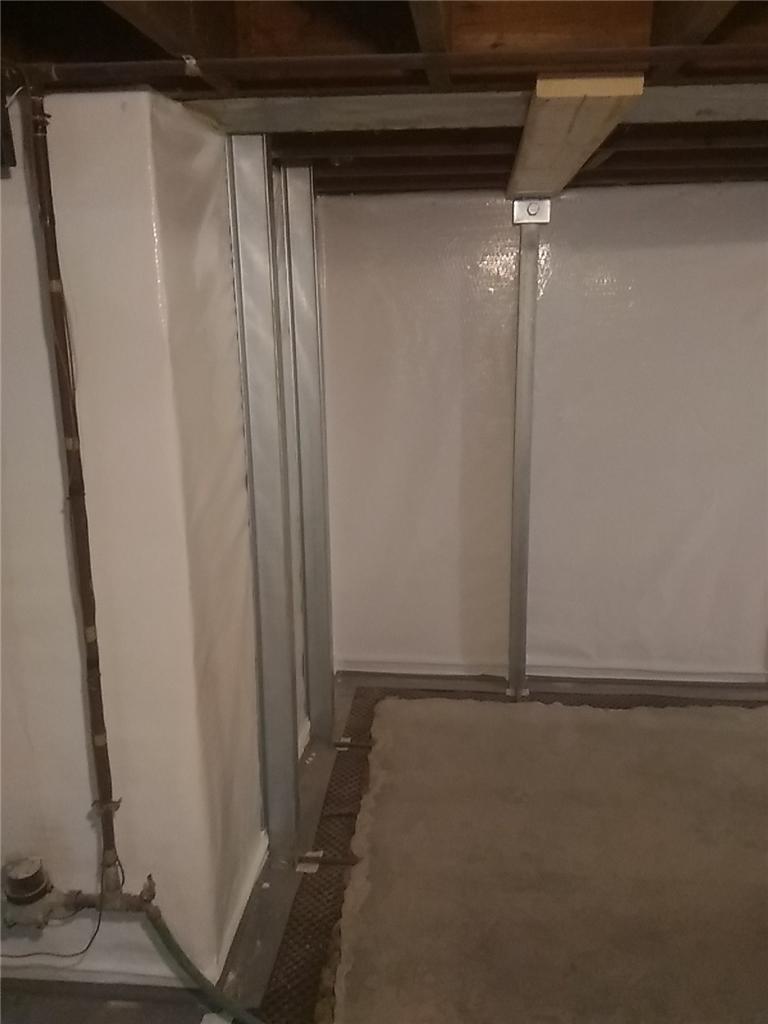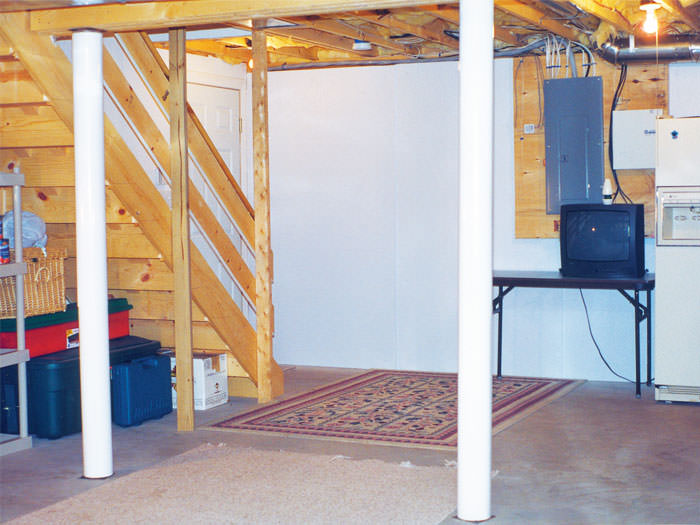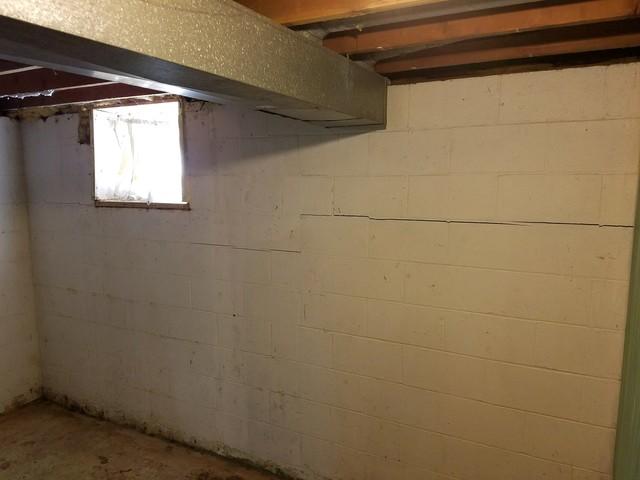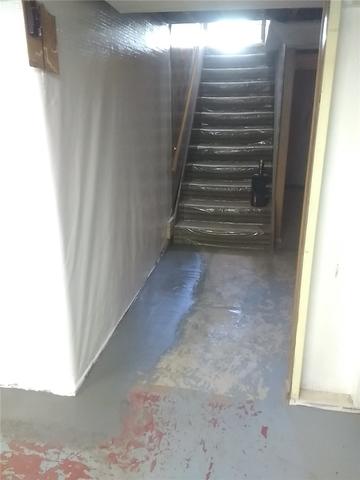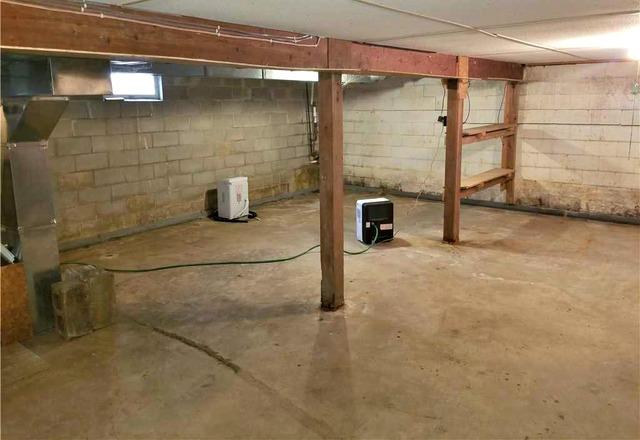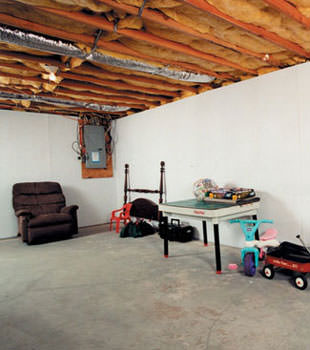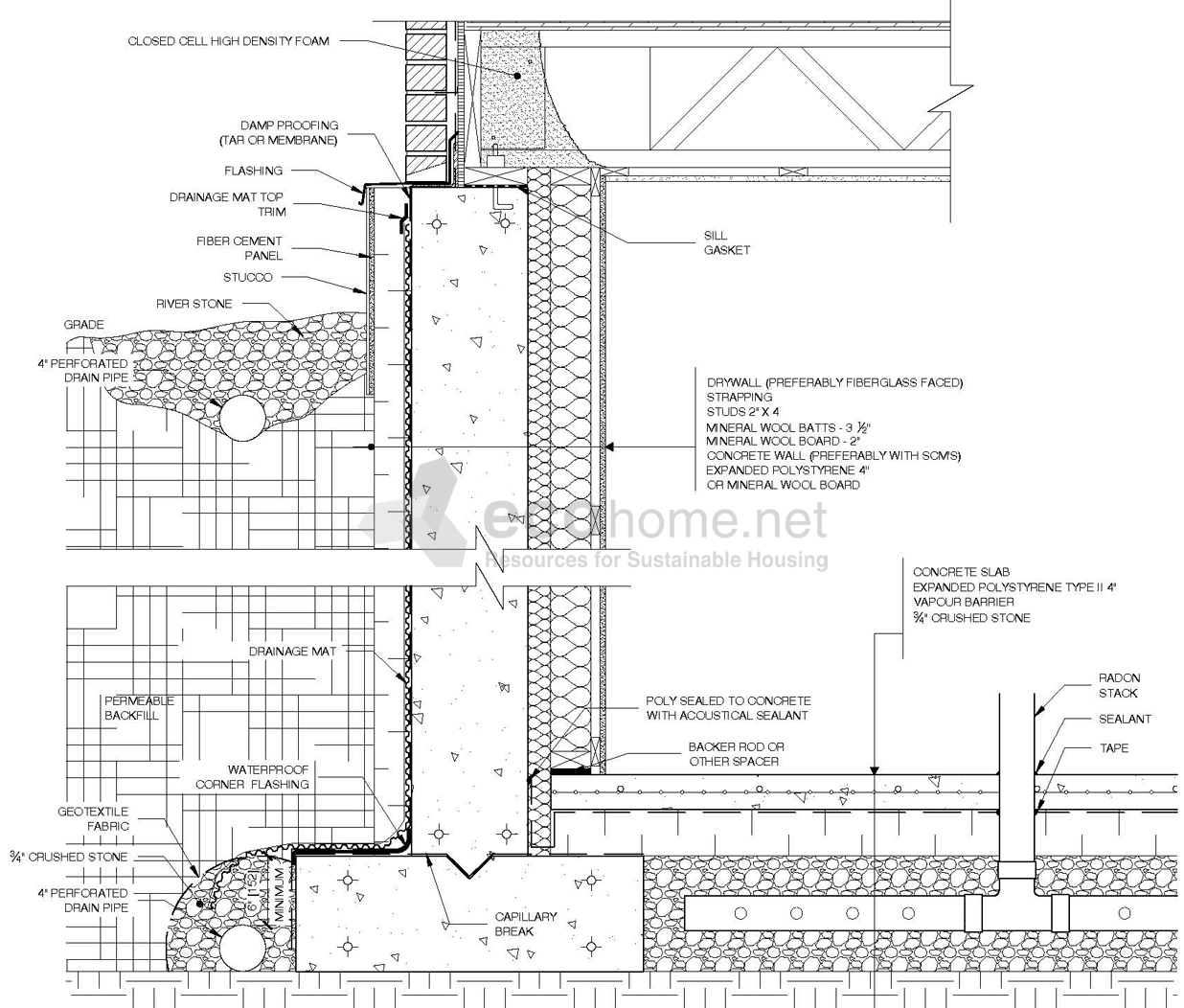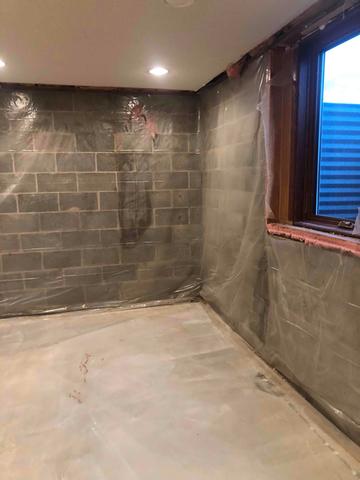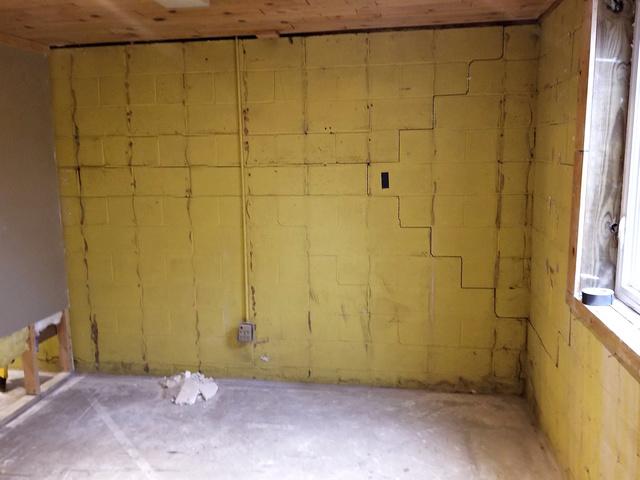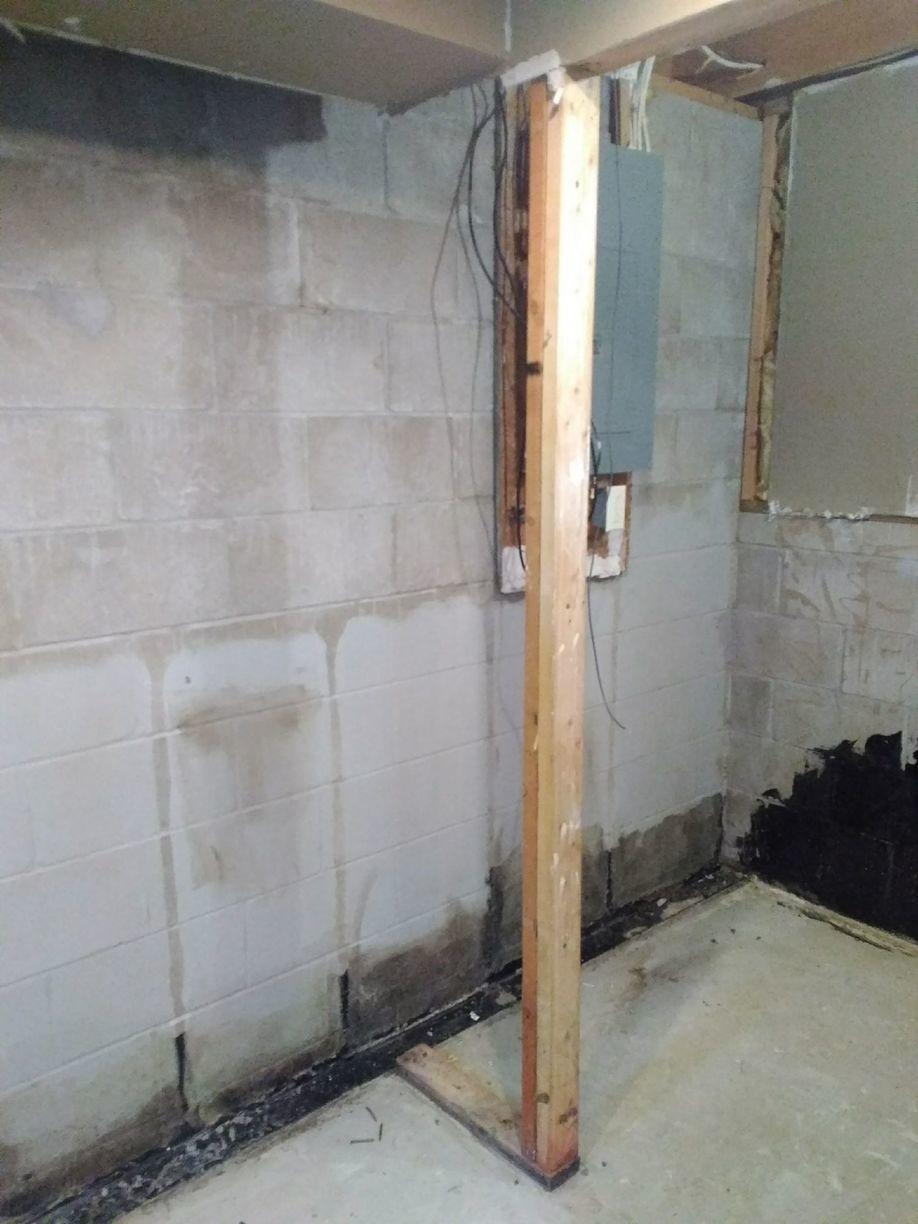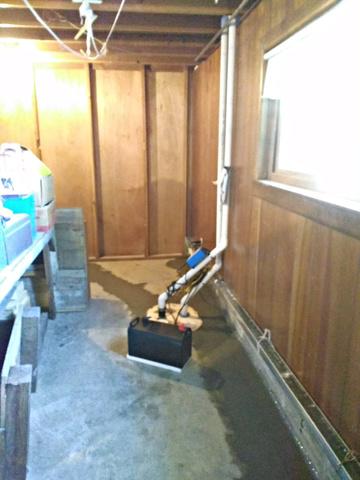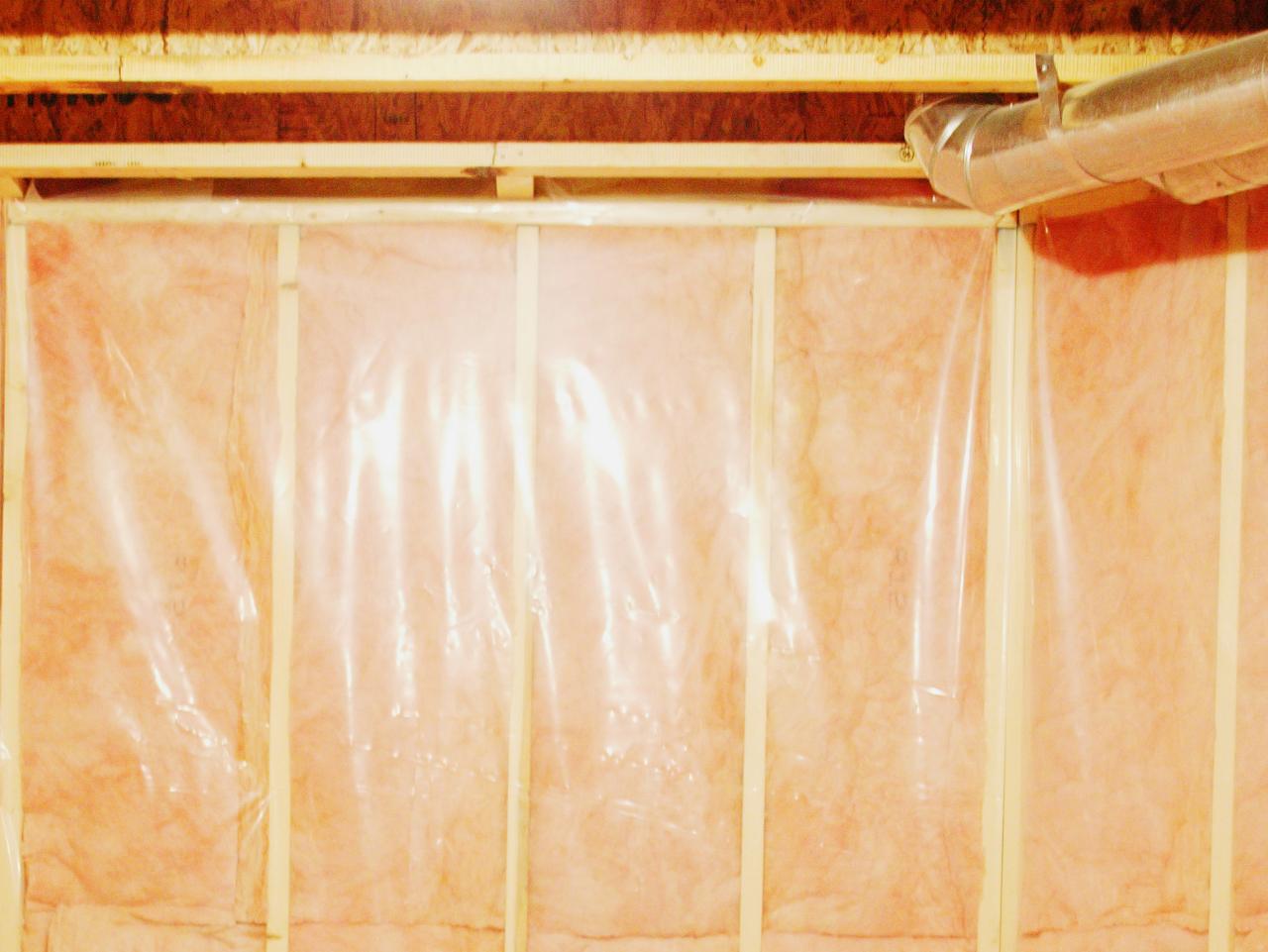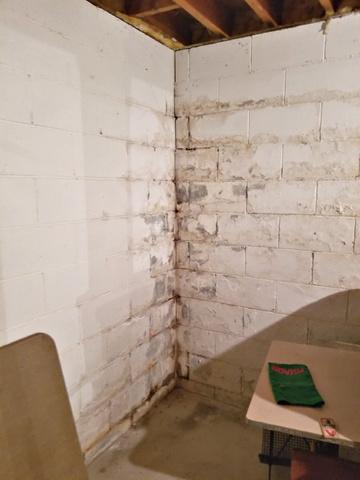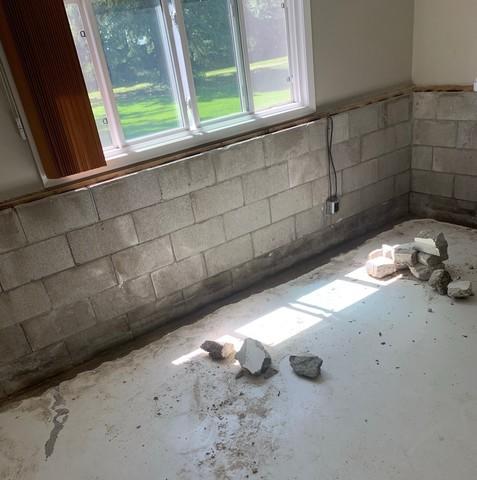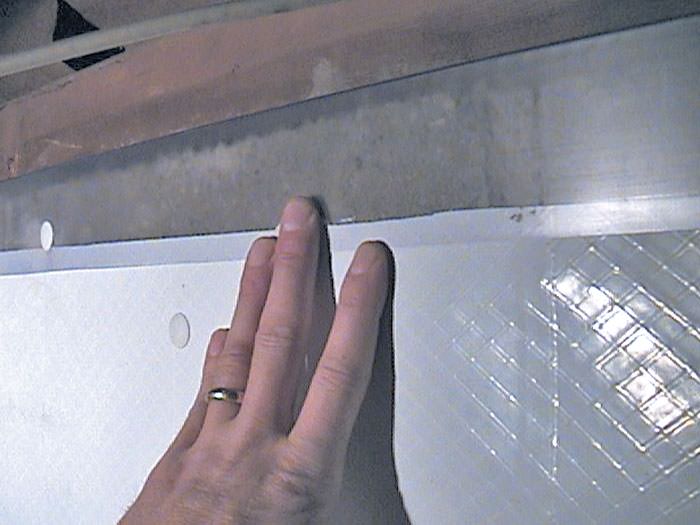With a 25 year warranty pdf for wear and tear it s durable washable and has anti microbial protection called ultrafresh built right in.
Vapor barrier basement walls minnesota.
This barrier is meant to keep moisture from getting to the insulation in the walls and ceilings and it is required by building codes when insulating most houses.
A vapor retarder and air barrier shall be applied to the warm in winter side of the wall with a permeance not greater than 1 0 in accordance with astm e96 procedure a and a permeance not less than 0 3 in accordance with astm e96 procedure b meeting the following requirements.
Most minnesota homes have basements with either concrete block or poured concrete walls.
Cleanspace wall is a 100 waterproof plastic vapor barrier that s perfect for unfinished basement walls.
In existing spaces oil based paints or vapor barrier latex paints offer an effective moisture barrier.
Therefore an uninsulated basement can account for a significant amount of a home s energy loss.
After the insulation is in place you will want to add a vapor retarder sometimes called a vapor barrier if you need one.
In winter the dew point of the interior air is typically about 50 f assuming an air temperature of 70 f and a relative humidity of 50.
The main concerns are condensation and drying potential.
Vapor barriers are sheets of plastic or other material placed on one side of insulation sheets.
Not every wall does.
In any case the vapor barrier must point to the warm side.
The inner surface in colder climates and the outer surface in hot humid climates.
A vapor retarder is a material used to prevent water vapor from diffusing into the wall ceiling or floor during the cold winter.
Basement wall vapor barrier innovative authority basement to beautiful insulated wall panels pany in superior duluth bemidji minnesota and wisconsin inanic installed by expert contractors basement wall covering in fargo rochester minneapolis wet for minnesota north dakota iowa and wisconsin.
The top and bottom plates shall be air sealed to the foundation wall surface and the basement floor.
Check the top of the basement foundation.
Whether or not you need a vapor retarder hinges on three main factors.
Vapor barriers are usually best installed on the side of the wall that experiences the hotter temperature and moister conditions.
If you have a framed wall that is adjacent to a concrete foundation wall where the vapor barrier is next to the drywall in front of the studs the fiberglass insulation gets wet and becomes a breeding ground for mold.

